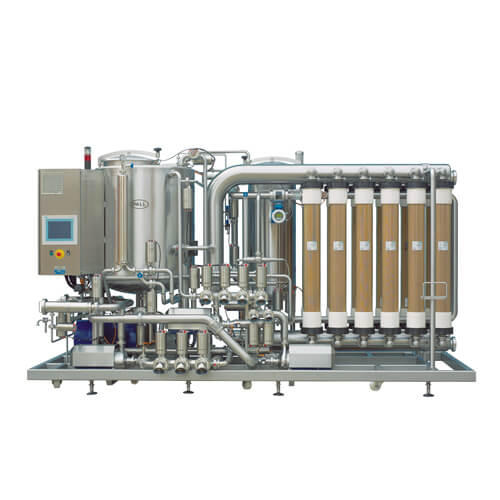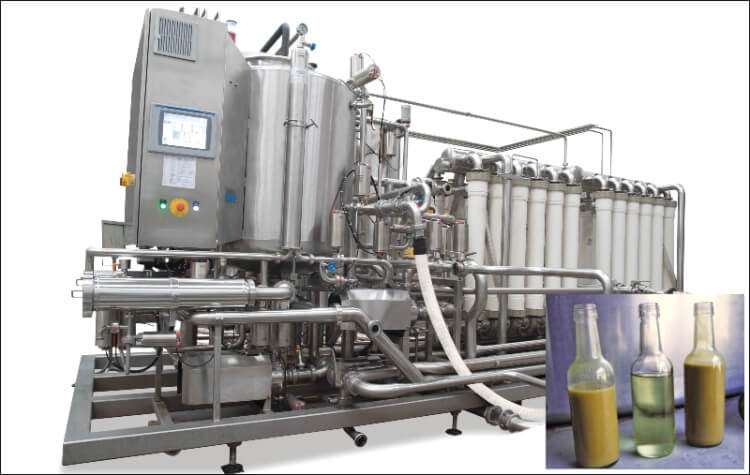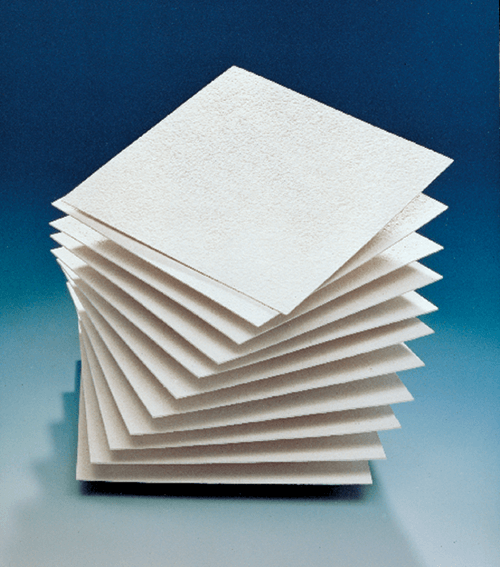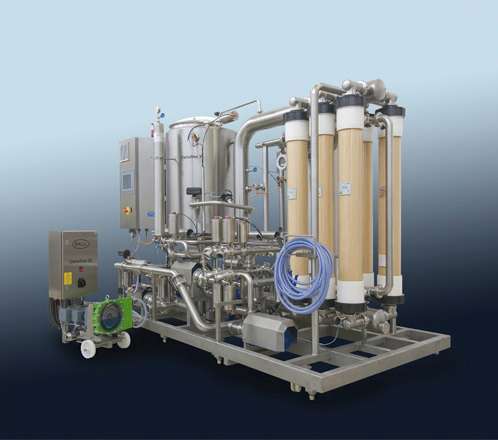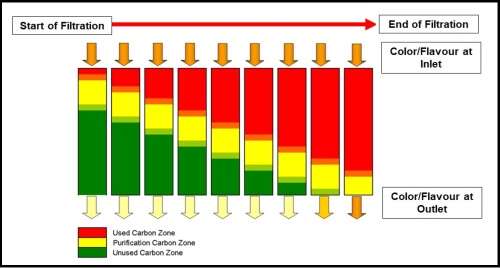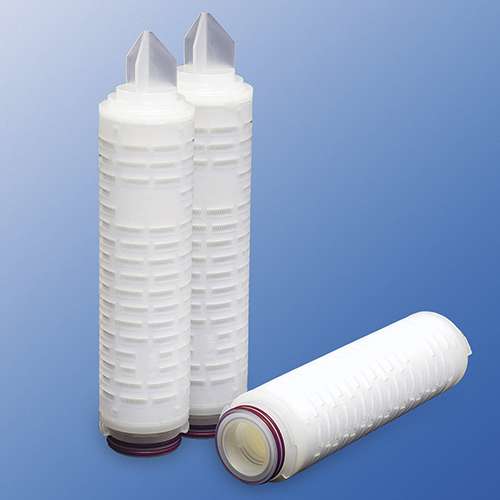Ready to learn more? We can help find the right wine filtration solution for your needs. Contact us.
Wine Filtration
Wine Quality is Everything
Wine Filtration: Enhancing Quality and Consistency in Winemaking
In winemaking, preserving the integrity of a wine’s flavor, aroma, and clarity is essential. That’s why choosing the right wine filtration system is critical. From removing unwanted particles to ensuring microbiological stability, advanced wine filters play a key role in filtering wine to deliver a clean, shelf-stable, and high-quality product.
Why Wine Filtering Matters
Contaminants such as tartrate crystals, treatment residues, organic aggregates, bacteria, and yeast can all compromise wine quality. Effective wine filtering eliminates these risks while maintaining the wine’s unique character and sensory profile. Whether you're clarifying wine or preparing it for bottling, selecting the right wine filtration methods ensures consistency and excellence.
Global Leaders In Wine Filtration Systems
With over a century of innovation, Pall has become a trusted name in wine filtration systems. Our technologies are used by wineries of all sizes, from boutique producers to global brands and across every major wine-producing region. Our solutions are often seen as benchmarks for wine filtering systems and lees filtration.
Our Legacy in Wine Filtration:
- Seitz® Filter Sheets: Used for over 130 years, these sheets have filtered wine across the globe with more than a trillion liters.
- Oenoflow™ Crossflow Filtration System: A revolutionary solution in crossflow wine filtration, with over 1,500 installations worldwide.
Pall's Solutions for the Wine Filtration Process
Our solutions and expertise in the wine-making process are demonstrated below with traditional and modern wine filtering system solutions that preserve quality and maintain the lowest operating costs.
-
Wine Clarification
-
Lees Filtration
-
Colloid Removal
-
Protein Stabilization
-
Wine Bottling
-
Activated Carbon
Why is Clarifying Wine Important?
Clarification is the primary step in filtering wine. Yeasts and other particles from fermentation and fining are removed to reduce turbidity and improve downstream filterability.
The Oenoflow PRO XL System was built to help wineries achieve clarification and protein stabilization. Other benefits include:
- Reduced energy usage to support goals for net zero carbon emissions
- Reduced water usage given considerable water shortages experienced in many regions
Recover Higher Value Wine From Lees
Lees, the sediment at the bottom of juice, fermentation or fining vessels, can represent up to 10% of a winery’s total volume. Recovery of wine and juice from lees represents one of the most challenging forms of filtration faced by wineries.
Recovery of wine and juice from lees represents one of the most challenging forms of filtration faced by wineries. The Oenoflow HS system is a new crossflow filtration system designed specifically for lees processing.
After primary clarification, stabilization and maturation, fining agents, crystals, colloids and bacteria may still be present in the wine. Polishing filtration is designed to remove these particles and haze to produce a brighter wine and improve filterability for downstream processing.
Depth Filtration Technologies
Depth filtration represents a wide range of different filter sheet media which can be used for:
- Turbidity removal, from coarse to fine particles
- Polishing filtration
- Colloidal removal
- Chill haze removal
- Removal of microbial spoilage/ Reduction of microorganism (yeast, bacteria, mold)
Protein stabilization and clarification are two critical steps to satisfying consumer expectations for a bright wine. While both steps prevent haze formation, one to remove heat sensitive proteins, the other suspended solids, the traditional commercial processes are typically carried out in consecutive phases adding labor, time and waste to the winemaking process. With Pall's new Oenoflow PRO XL System with Oenofine Functionality Installed, wineries can now combine these operations into a single cost saving process step.
Removing Contaminants when bottling wine is key to ensuring consistent product quality
Cartridge filtration is vital for removing particulates and microorganisms before bottling, preventing re-fermentation and off-flavors. A well-structured bottling program with pre filtration and final filtration safeguards brand integrity and consistent quality.
Supor® Beverage filter cartridges, available in 0.45- and 0.65-micron grades, are hydrophilic membrane filters that effectively retain spoilage microorganisms. Designed for durability through repeated hot water and steam sanitization, they feature an optimized pleat design and robust materials for enhanced resilience and longer service life.
Color and Flavor adjustment
Crafting a wine's inimitable bouquet while maintaining optimal intensity of flavor along with a beautiful color is the goal of every winemaker. However, in some cases, wine may have an off-taste flavor or color as contaminants can jeopardize the winemaker’s efforts. Activated carbon filtration using carbon-impregnated sheets or sheet-based modules, or carbon beds, fixes color and flavor issues. Pall offers adsorptive filtration technology which achieves color, flavor and/or odor correction. These filters have an extremely high adsorptive capacity in the filter sheet matrix and for small batches and batch corrections, carbon impregnated sheets and modules offer a simple and easy way to treat wine. Learn more about Seitz® AKS FB which is I.O.V (International Organization of Vine and Wine) compliant activated carbon media.
Removal of chlorine from city water
Chlorine is widely used in water supplies as a disinfectant to kill harmful bacteria and pathogens. However, its presence in water used in winemaking can have several detrimental effects. Solve these challenges with activated carbon.
Featured Products
Resources
Frequently Asked Questions
What is wine filtration and why is it important?
Wine filtration is the process of removing unwanted particles, microorganisms, and haze from wine to improve clarity, stability, and shelf life. It plays a critical role in maintaining wine quality and preventing spoilage after bottling.
What are the most effective wine filtration methods?
Pall offers several wine filtration methods including clarification, pre-filtration, and final membrane filtration. Final filtration is especially important for removing spoilage organisms like Oenococcus oeni and Dekkera bruxellensis, which can cause off flavors or re-fermentation.






